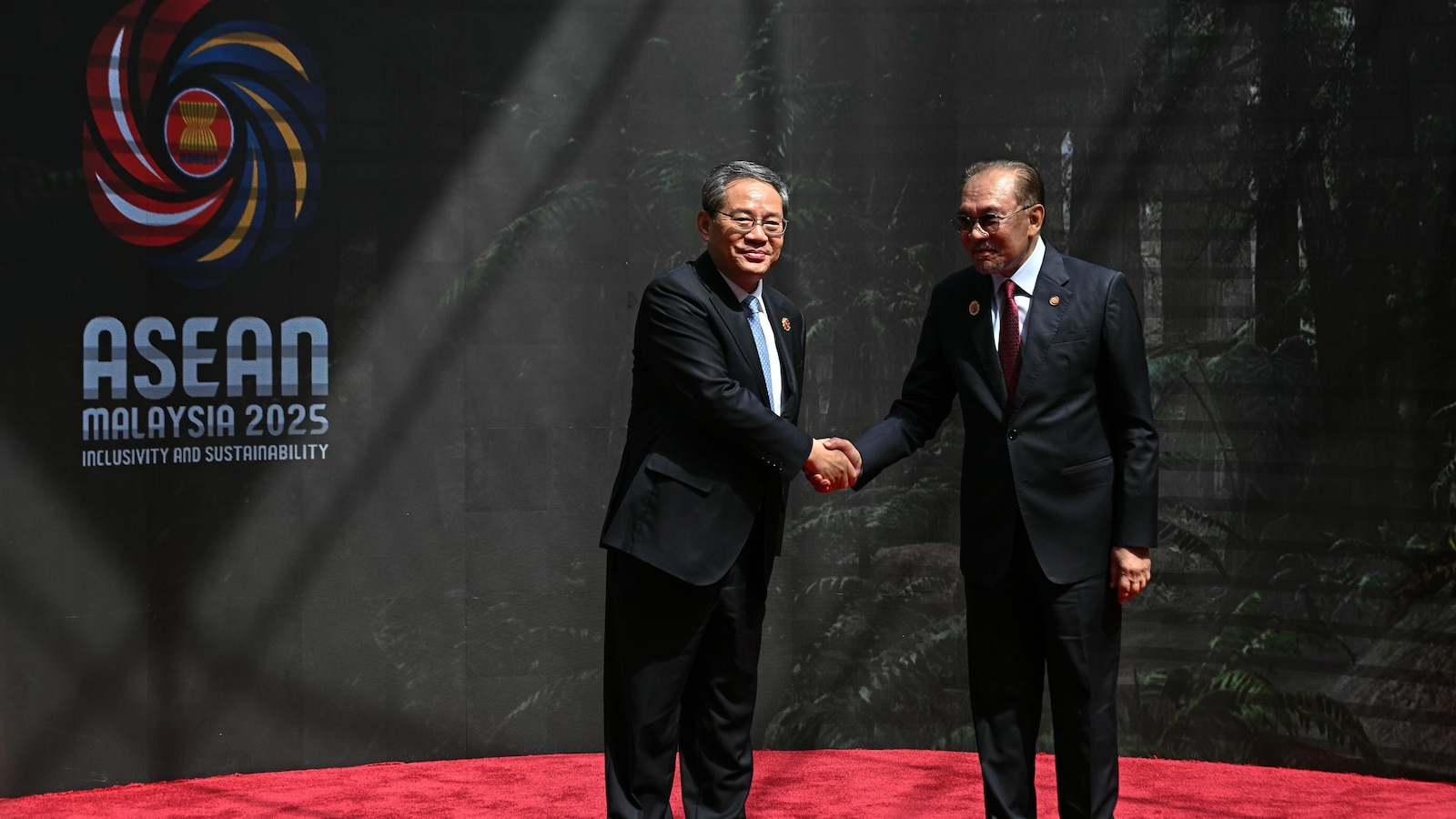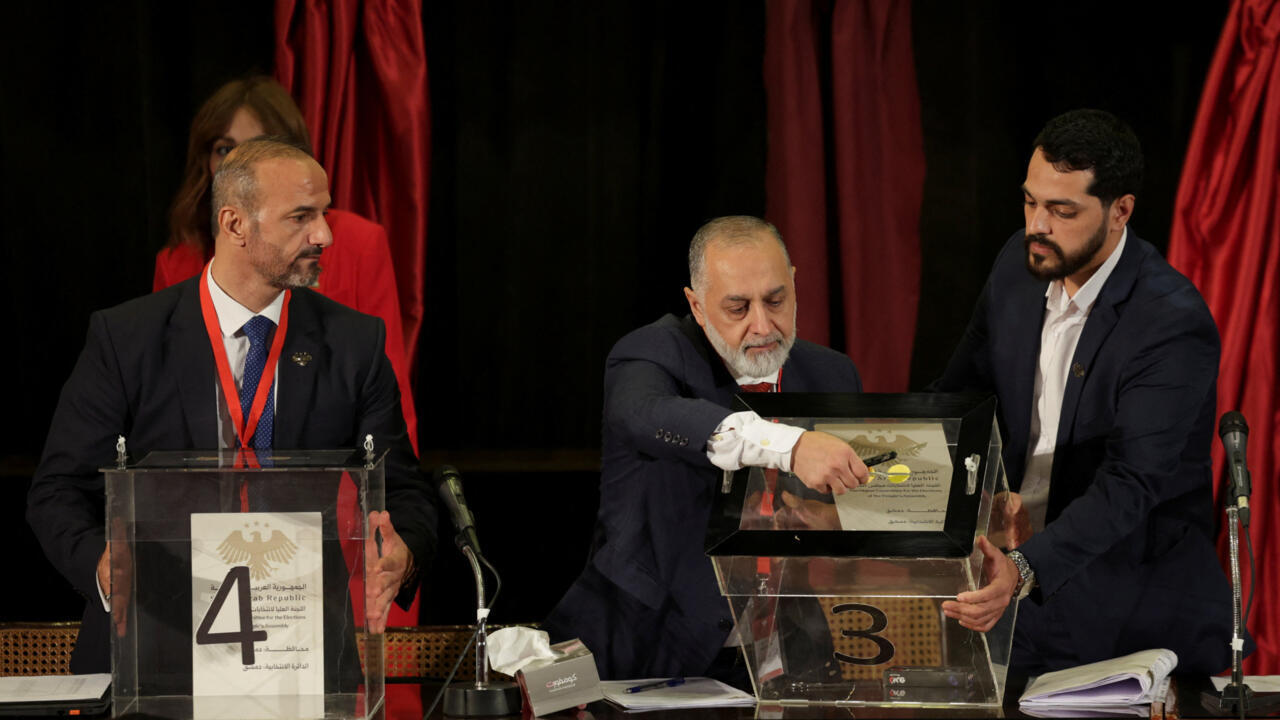JOHANNESBURG, South Africa, October 7 (IPS) - The World Bank’s 1981 Berg Report provided the blueprint for structural adjustment, including economic liberalisation in Africa. Urging trade liberalisation, it promised growth from its supposed comparative advantage in agriculture.
 Jomo Kwame Sundaram
Jomo Kwame Sundaram
Accelerated Development in Sub-Saharan Africa: A Plan for Action by Professor Elliot Berg blamed government interventions for blocking post-colonial African economic progress.
Removing ‘distortions’ caused by marketing boards and other state interventions and institutions was supposed to unleash export-led growth for Sub-Saharan African (SSA) producers.
However, despite the supposed comparative advantage and trade preferences, African agricultural exports have not grown significantly due to protection by wealthy nations.
By the turn of the century, Africa’s share of worldwide non-oil exports had declined to less than half of what it was in the early 1980s.
African agricultural output and export capacities have been undermined by decades of low investment, economic stagnation and neglect.
Significant public spending cuts accelerated the deterioration of existing infrastructure (roads, water supply, etc.), undermining potential ‘supply responses’.
 K Kuhaneetha Bai
K Kuhaneetha Bai
Even the primary commodity price collapse from 2014 did not prevent Africa’s share of world exports from increasing.
Promises, promises
The 1994 Marrakech declaration, concluding the Uruguay Round of multilateral trade negotiations, created the World Trade Organisation (WTO) in 1995.
The new Doha Development Round of trade negotiations began in 2001, following the dramatic walkout by African trade ministers at the WTO Seattle ministerial conference in 1999.
The Public Health Exception to the WTO’s onerous new intellectual property rules alleviated this concern but was ignored during the deadly COVID-19 pandemic.
Developing countries were projected to gain US$16 billion in the most likely scenario, according to a 2005 World Bank study led by Kym Anderson, which estimated the likely effects of a Doha Round trade agreement.
However, various studies estimating the welfare effects of multilateral agricultural trade liberalisation – including Anderson et al. – suggest significant net losses, not gains, for SSA.
Gains from agricultural trade liberalisation would largely accrue to existing major agricultural exporters – mainly from the Cairns Group – not SSA.
Nevertheless, the World Bank and others continued to insist that trade liberalisation would benefit all developing countries, including SSA, although most studies indicated otherwise.
WTO trade rules have reduced the policy space for developing countries – especially in industrial, trade, or investment policy – although some claim that room for industrial policy remains.
African governments were told that a Doha Round deal would reduce agricultural subsidies, import tariffs and non-tariff barriers by rich nations, especially in Europe.
But the neglect of both physical and economic infrastructure over two decades of structural adjustment programmes left little effective capacity to respond to new export opportunities.
Worse still, trade liberalisation of manufactured goods also undermined nascent African industrialisation.
African market access to rich, mainly European, markets was secured through negotiated preferential agreements, rather than trade liberalisation. Hence, further multilateral trade liberalisation would erode these modest gains.
Additionally, most African governments – particularly those of poorer economies with limited government capacities – were unable to replace lost tariff revenues with new taxes.
African losses foretold
What was Africa expected to gain from a Doha Round deal?
Thandika Mkandawire warned the WTO trade regime would make Africa worse off, especially without preferential treatment from the European Union under the Lomé Convention.
Anderson et al. claimed SSA would gain substantially as “farm employment, the real value of agricultural output and exports, the real returns to farm land and unskilled labor, and real net farm incomes would all rise substantially in capital scarce SSA countries with a move to free merchandise trade”.
To be sure, the modest gains from trade liberalisation would be ‘one-time’ improvements projected by the models used.
Anderson et al. claimed that SSA, excluding South Africa, would gain US$3.5 billion, compared to roughly US$550 billion worldwide.
These projected gains of less than one per cent of its 2007 output were nonetheless much more than the tenth of one per cent for all developing countries!
World Bank structural adjustment programmes undermined the limited competitiveness of African smallholder agriculture. However, their projections ignored the reasons why African food agriculture declined after the 1970s.
Meanwhile, the agricultural exports of wealthy nations have benefited from higher production subsidies, which more than offset lower export subsidies. However, reducing agricultural subsidies would likely lead to higher prices of imported food.
Uneven effects
Uneven and partial trade liberalisation and subsidy reduction will have mixed implications. These effects vary with national conditions, including food imports and share of consumer spending.
Earlier estimates for all developing countries obscured the likely impacts of trade liberalisation on Africa. The one-time welfare improvement for SSA, excluding most of Southern Africa, would be three-fifths of one per cent by 2015!
With deindustrialisation accelerated by structural adjustment, Sandra Polaski estimated that SSA, excluding South Africa, would lose US$122 billion from Doha Round trade liberalisation.
Although former World Bank economists agreed the lost decades were due to Bank structural adjustment programmes, these were reimposed a decade ago.
SSA, excluding South Africa, would lose US$106 billion to agricultural trade liberalisation. Poor infrastructure, export capacities and competitiveness in both SSA industry and agriculture were responsible.
Most of the poorest and least developed SSA countries were likely to be worse off in all ‘realistic’ Doha Round outcome scenarios.
With more realistic model assumptions – e.g., allowing for unemployment – Lance Taylor and Rudiger von Arnim found SSA would not gain, on balance, from trade liberalisation.
Mainstream international trade theory cannot justify trade liberalisation for SSA. Worse, ‘new trade theories’ and evolutionary studies of technological development suggest trade liberalisation would permanently slow growth.
Export growth?
As economic growth typically precedes export expansion, trade can foster a virtuous circle but cannot trigger it.
Specifically, a weak investment-export nexus hinders export expansion and diversification, as rapid resource reallocation is unlikely without high investment and sustained growth.
Citing the World Bank, Mkandawire noted Africa’s export collapse in the 1980s and 1990s meant “a staggering annual income loss of US$68 billion – or 21 per cent of regional GDP”!
For Dani Rodrik, Africa’s ‘marginalisation’ was not due to its trade performance, although poor by international standards. Gerald Helleiner has emphasised, “Africa’s failures have been developmental, not export failure per se”.
With its geography and income, Africa probably trades as much as can be expected. Indeed, “Africa overtrades compared with other developing regions in the sense that its trade is higher than would be expected from the various determinants of bilateral trade”!
Vulnerable Africa
The Doha Round of WTO negotiations effectively ended over a decade ago as the backlash in wealthy nations – against globalisation and its consequences – gained momentum.
Meanwhile, trade liberalisation – as part of structural adjustment programmes – deepened SSA deindustrialisation and food insecurity.
With Africa unevenly integrated by economic globalisation, most of the continent exports little to the USA, making it less of a target of Trump’s tariffs.
Nevertheless, trade liberalisation has made developing economies more vulnerable to and unprotected from the recent weaponisation of tariffs and other economic measures.
Last month’s expiration of the African Growth and Opportunity Act (AGOA) prompted some African leaders to scramble for an extension.
US AGOA imports in 2023 totalled US$10 billion, accounting for high shares of some countries’ exports. Tariff imposition will exacerbate problems due to AGOA’s demise.
Meanwhile, there have been great expectations for the African Continental Free Trade Area (AfCFTA). Still, regional trade integration may not be very beneficial, as SSA exports are more competitive than complementary.
K. Kuhaneetha Bai studied at the University of Malaya and does policy research at Khazanah Research Institute.
IPS UN Bureau
© Inter Press Service (20251007053508) — All Rights Reserved. Original source: Inter Press Service

 2 weeks ago
15
2 weeks ago
15









 English (US) ·
English (US) ·